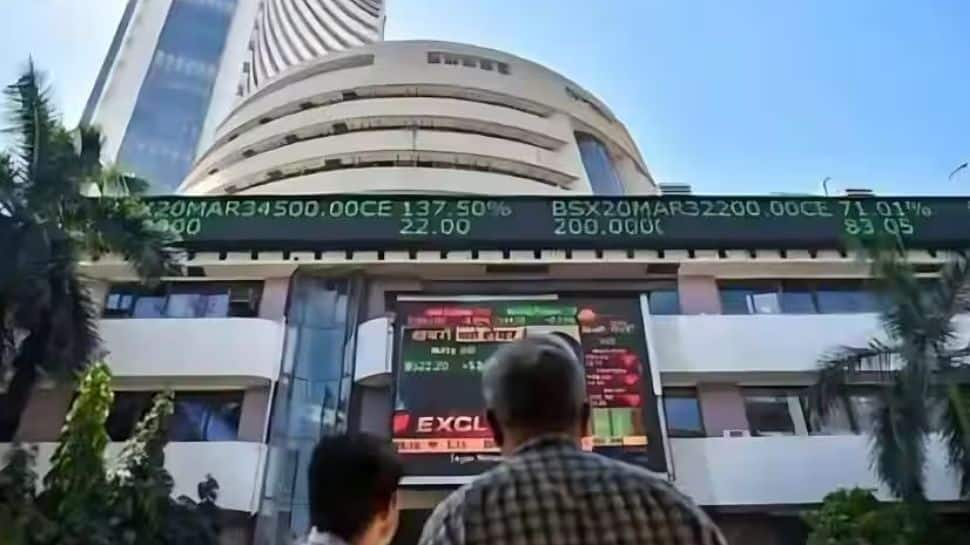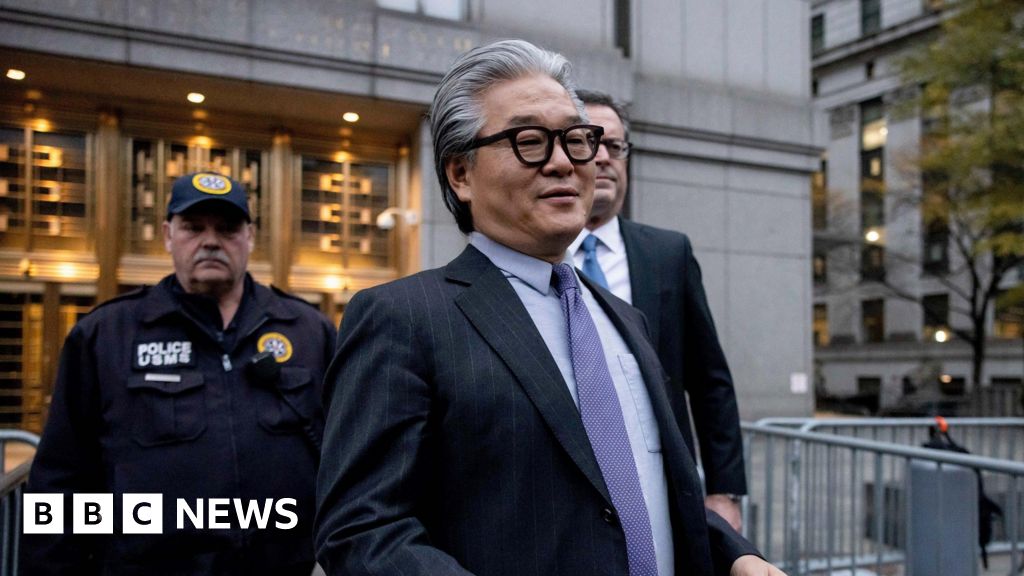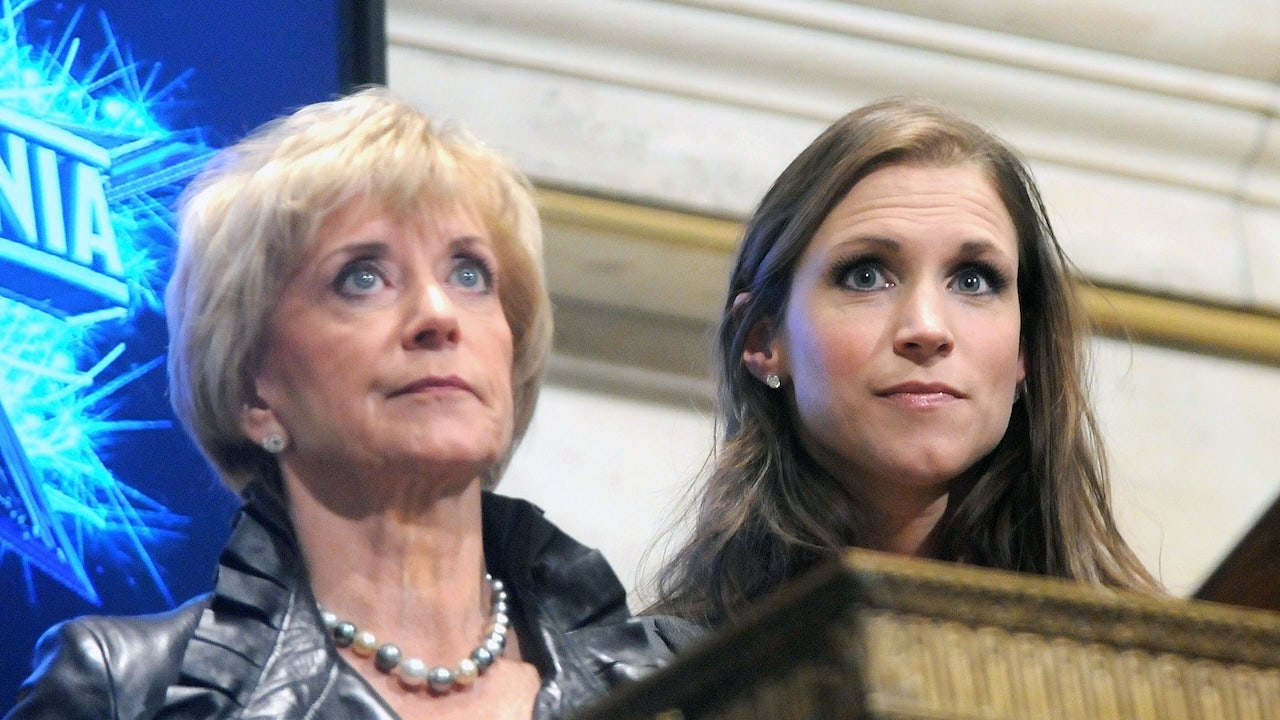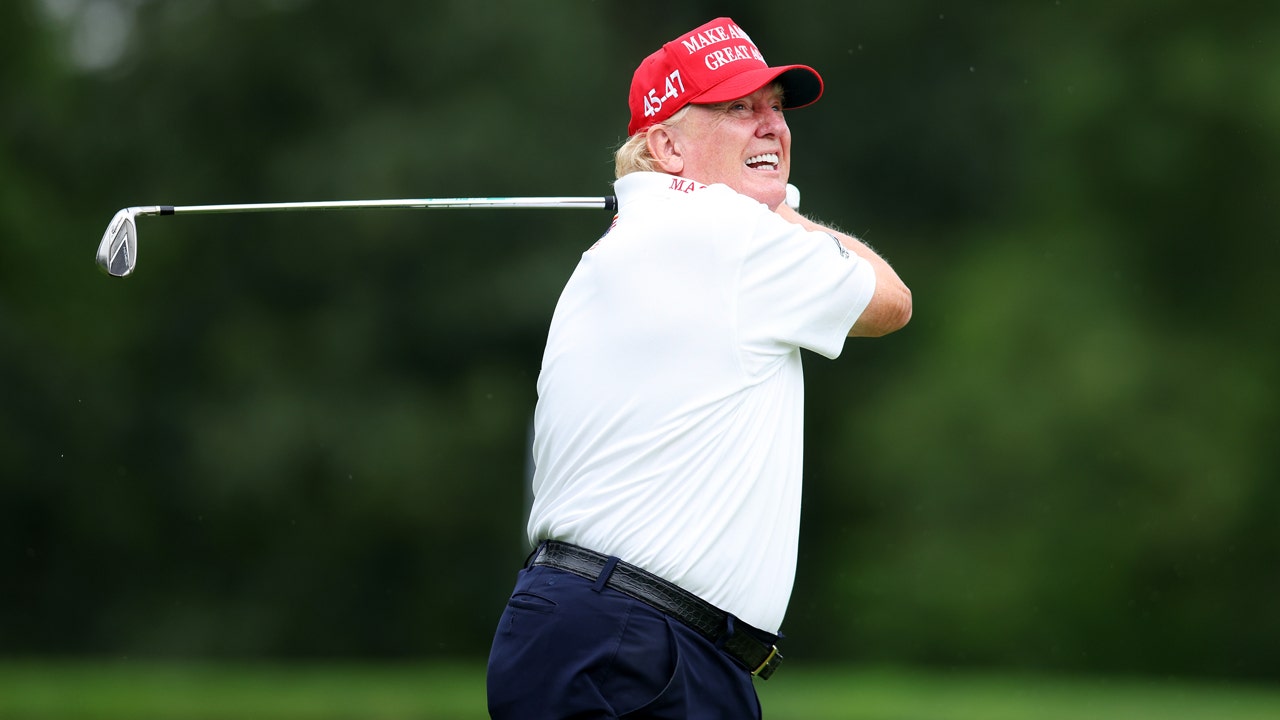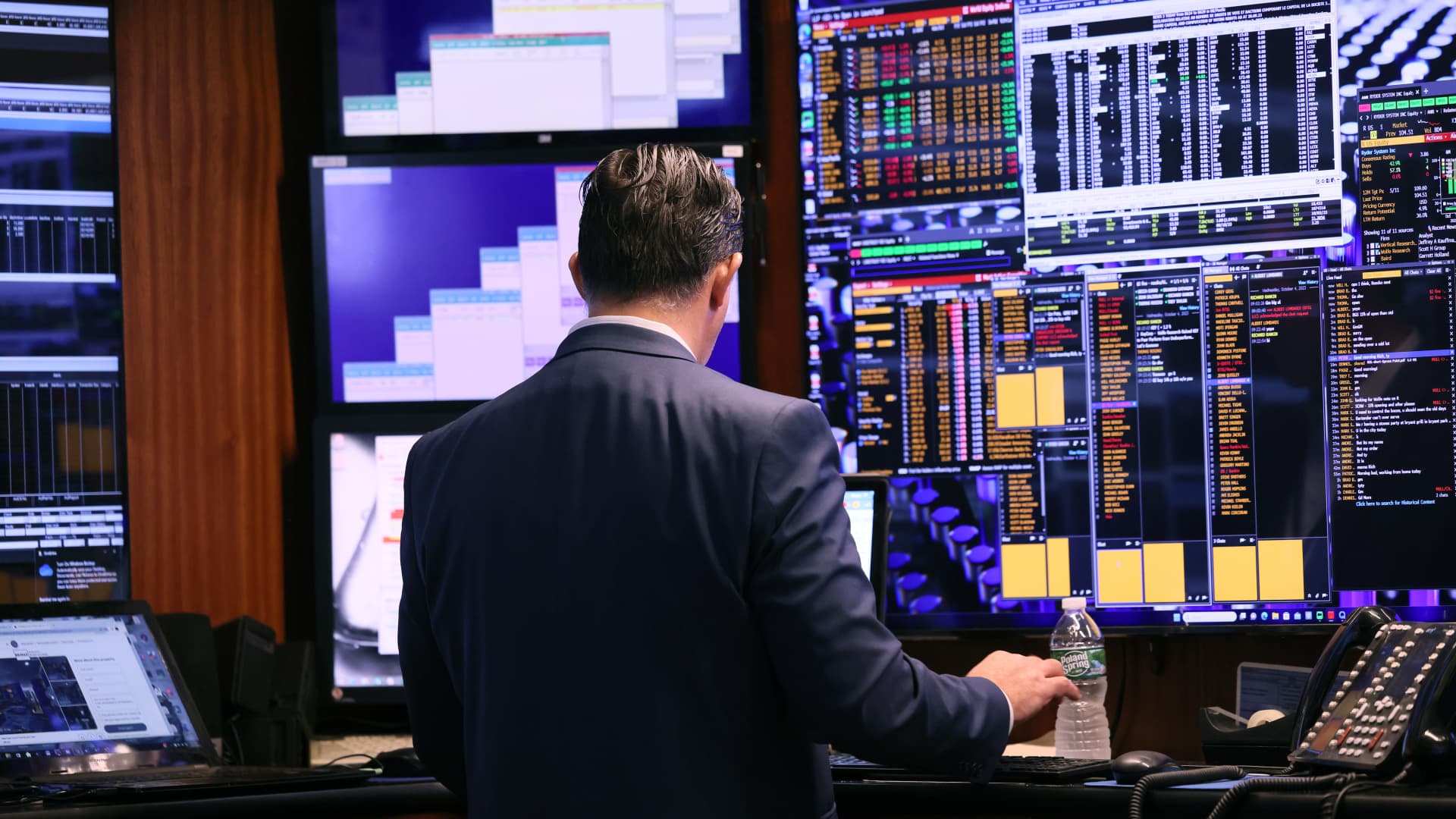Treasury yields rose on Thursday, with the 10-year rate pushing closer to the key 5% level as investors awaited remarks from Federal Reserve Chairman Jerome Powell.
The yield on the 10-year Treasury jumped 6 basis points to 4.96%. It had touched as high as 4.98% earlier in the session, trading at levels last seen in 2007 after first crossing the 4.9% mark on Wednesday. The benchmark rate has climbed about 40 basis points this month alone.
The 2-year Treasury yield was last 2 basis points higher at 5.23%, hovering at levels last seen in 2006. Yields and prices have an inverted relationship and one basis point equals 0.01%.
“Next stop 5.0% 10s,” wrote Ian Lyngen and Benjamin Jeffery of BMO in a note Wednesday. “It’s a given at this point.”
Strategists cite a number of reasons for rising yields: Concern that the Fed will keep benchmark rates high to fight inflation; an economy and labor market that consistently outperform expectations; swelling government deficits requiring more supply to hit the market as the Fed has pulled back as a buyer; and the increase in the so-called term premium, which is the extra yield investors demand as they worry that rates could change over the term they have to hold the bond.
A New York Fed calculation indicates that the term premium is around its highest level since May 2021.
All eyes will be on Fed Chairman Powell, who is expected to echo comments from other Fed officials who have indicated that rates will likely remain elevated for longer. Markets largely expect the Fed to stay on hold with rates, but they will be looking to Powell for confirmation and clarification.
A few Fed speakers have suggested that rates may not need to be hiked further and keeping them at their current level would be sufficient to achieve the Fed’s goals of easing inflation and cooling the economy. Some policymakers have cited tighter financial conditions brought on by surging Treasury yields as a contributing factor.
Fed Governor Christopher Waller said on Wednesday that the central bank was in a position to “wait, watch and see how the economy evolves” before making decisions about interest rates. Waller added that he is considering various data points to assess whether the Fed’s monetary policy moves so far are having the desired impact.
Some recent economic data sparked concerns that rates may go higher still among investors.
Fresh economic data will be released Thursday, when weekly initial jobless claims and September’s existing home sales figures are due.






